We, quite rightly, imagine the Medieval era as a smelly, polluted and sickly time, when people had little understanding of the causes of of disease, and whose use of dangerous chemicals far outstripped their understanding of the consequences. But Medieval people were not stupid. People’s reaction to pollution in the Middle Ages was complex, and often far more intelligent than we give them credit for. Obviously they did not have any concept of anthropogenic climate change – indeed, their pre-industrial impact on environmental CO2 levels was negligible – but they attempted to navigate and ameliorate the dirty, poisonous and dangerous lives that many of them led.
Note: far and away the biggest source of pollution in the Middle Ages was waste and poor sanitation – that could cover a whole series of blogs! Here we’ll focus on chemical pollution sources for brevity.
Heavy Metal
Lead pollution was as bad during the 12th century as it was during the Industrial Revolution. This seems like a staggering statement, when taking account of the staggering differences between these two societies: the former overwhelmingly agrarian with only horse power and rudimentary water power, and the latter highly sophisticated with steam and the factory system. A joint project between the Universities of Nottingham, Harvard and Maine has proved this by analyzing ice cores (cross-sectional tubes of ice bored out from the permafrost) from the Swiss-Italian Alps. Each layer of ice built up over the centuries is a ‘snapshot’ of when it was laid down, containing invaluable climactic data. The cores show an enormous spike of lead pollution around the end of the 12th century – and this corresponds exactly with the spectacular growth of the lead-mining industry in the Peak District, in the North of England. Climactic patterns confirm that the refining processes of ‘roasting’ and smelting lead ores sent plumes of lead particles into the atmosphere, which were then deposited across Europe – including into the layers of Alpine permafrost.
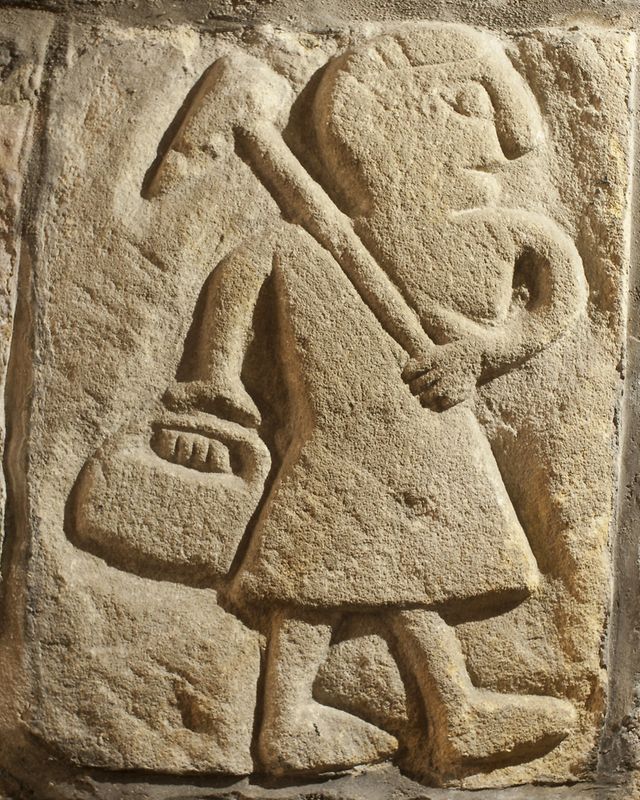
Burying the Lead
Lead was a ubiquitous material in the later Medieval period, being used in pottery glazing, roofing, gutters, statuary and windows. Drinking water, especially in Medieval towns, was often gathered from run-off from lead roofs, and stored in lead bowsers. It was even put into food – lead acetate or ‘sugar of lead’ was used to sweeten wine, for example. As is well-known today, lead poisoning can have serious health implications – developmental problems in children, infertility in adults, and even mood swings and violent behaviour. Medieval people were clearly unaware of these impacts, which were only systematically proven in the second half of the 20th century. Ironically, this form of pollution in the Middle Ages probably disproportionately affected wealth Medieval people – lead was fairly expensive: only fine pottery was lead-glazed, and only wealthy women could afford to use white lead as complexion-paling cosmetic. According to analysis of Medieval skeletons, rural populations were almost completely free of lead, whilst urban populations were very much more contaminated.
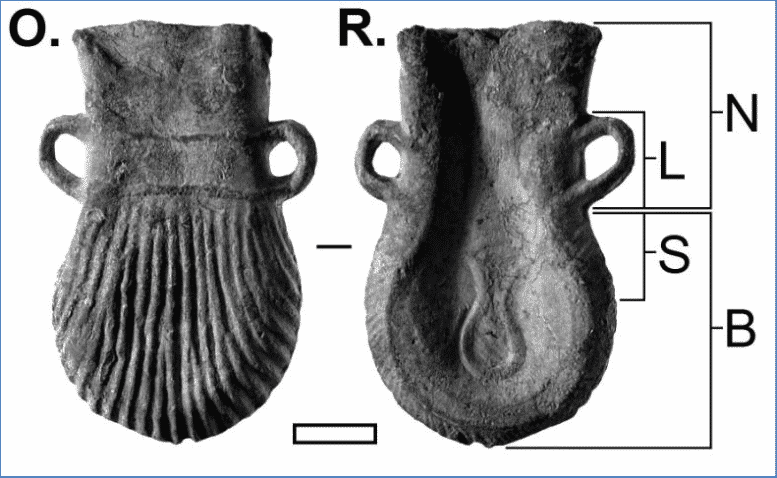
However, whilst the secondary impact of contamination from lead objects was obscure, the primary impact of lead mining and refining was well-known to pre-modern lead mining communities – known in the Peak District as the ‘belland’, lead poisoning was a scourge that would take many miners before their 50th birthdays. Although it is commonly theorized that lead poisoning may well have played a role in the fall of the Roman Empire, its impact through pollution in the Middle Ages is still being investigated.
Feeling Mercurial
Mercury is another heavy metal that was a common contaminant causing pollution in the Middle Ages. The mysterious liquid was revered by alchemists and physicians, since it is the only metal that is liquid at room temperature. As well as being used in the search for the mythic life-giving ‘philosopher’s stone’, it was a common ingredient in medicines – particularly for syphilis, an incredibly harmful and ineffectual treatment that persisted into the 19th century. Much of the ‘madness’ associated with historical cases of advanced syphilis is now thought instead to be acute mercury poisoning from the medicine.
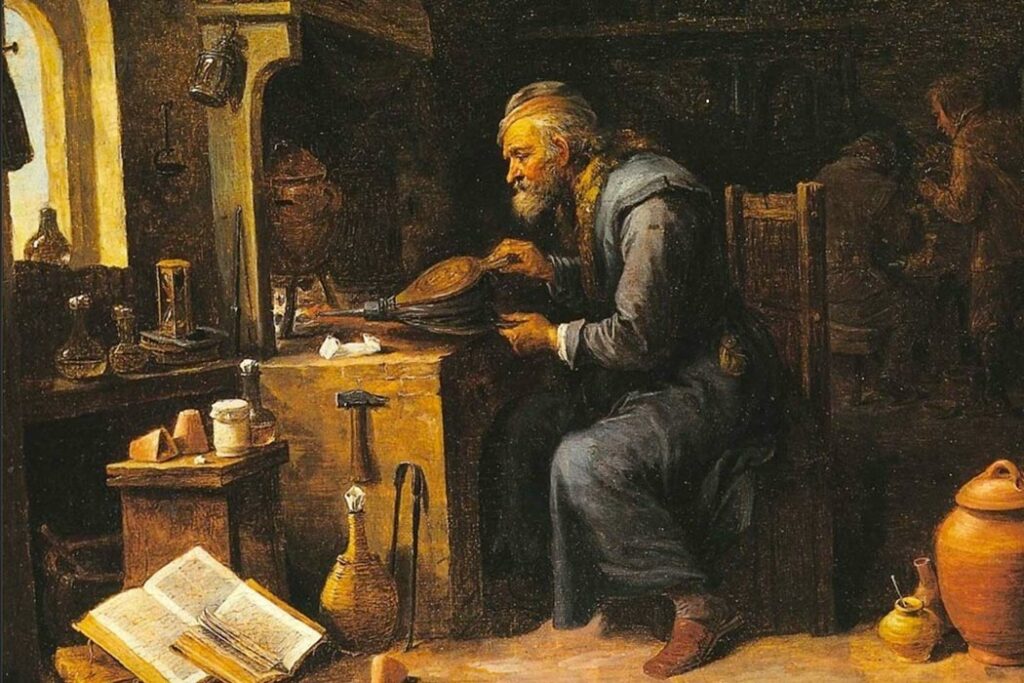
As with lead mining, refining mercury was incredibly dangerous – prolonged inhalation of mercury vapors resulted in what neurologists call ‘mercurial etherism’, formerly known as ‘Mad Hatter’s disease’. Its impacts were well known in the Medieval era amongst miners and metalworkers, who would exhibit unstable behaviour, mercury craving and ‘addiction’, and, tragically, high rates of suicide.
Tan Your Hide
Some of the nastiest processes that created the worst pollution in the Middle Ages involved creating materials, fabrics and textiles. Tanning animal hides into leather requires replacing all of the moisture in the hide with tannins, traditionally made from a solution of oak bark. To do this required trimming off masses of excess fat and sinew, making caustic lime baths, soaking tawed skins in urine, and so on. These processes were incredibly foul, and meant that tanners were often outcast from the towns – but their pollution was more widespread. Medieval tanning released harmful ammonia gas, and the spent chemicals and animal by-products were frequently dumped in streams and watercourses often used by people. Though fine leather goods were the result, they came at a cost of significant pollution in the Middle Ages.
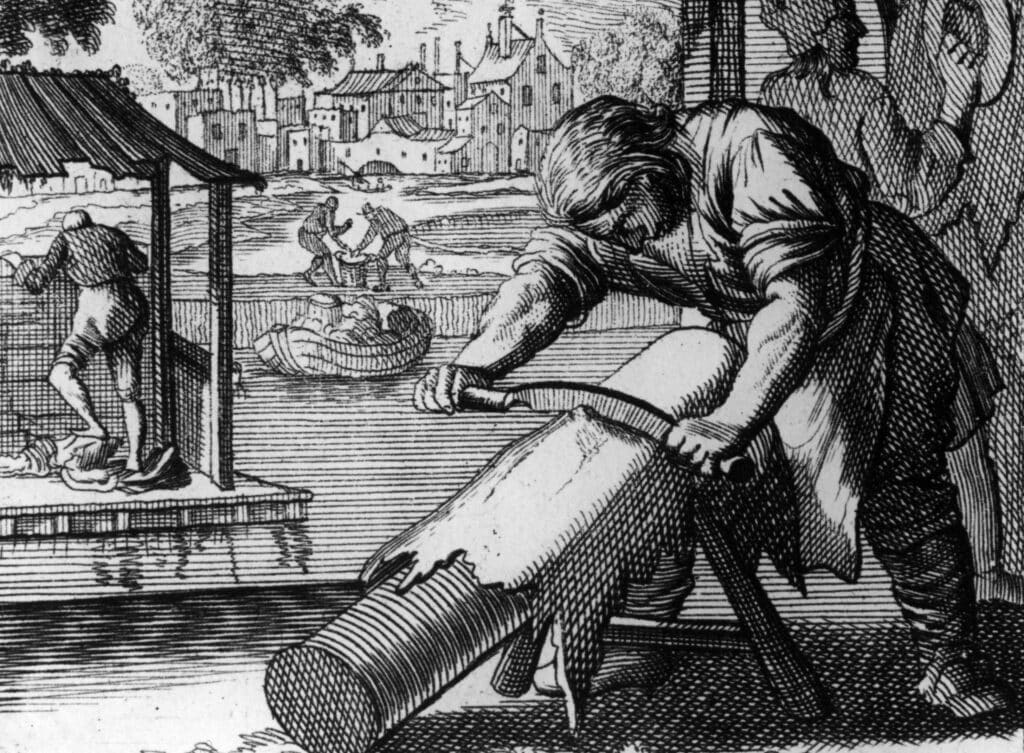
Similarly, the dyeing industry was highly hazardous. We think of medieval clothing as drab and boring, but that is far from the case: most medieval people had access to a wide variety of vivid colors made from locally-available vegetable and mineral dyes. However, all dyes need a mordant or fixative to prevent the dye from running. The commonest of these was alum, a salt of aluminium. When the dyed fabric had been steeped in alum, the remaining liquid was discarded, usually – you guessed it – straight into the nearest watercourse, changing its pH and potentially poisoning people if they drank from it.
These are far from the only sources of pollution in the Middle Ages. Noise pollution in crowded medieval towns was clearly an issue; in 1394 the City of London banned blacksmiths from working after dark! Regardless, our impression of the Medieval era as polluted and dirty is probably sadly accurate – though that was only to get much worse as the world hurtled towards industrialized society…

 Historical Swords
Historical Swords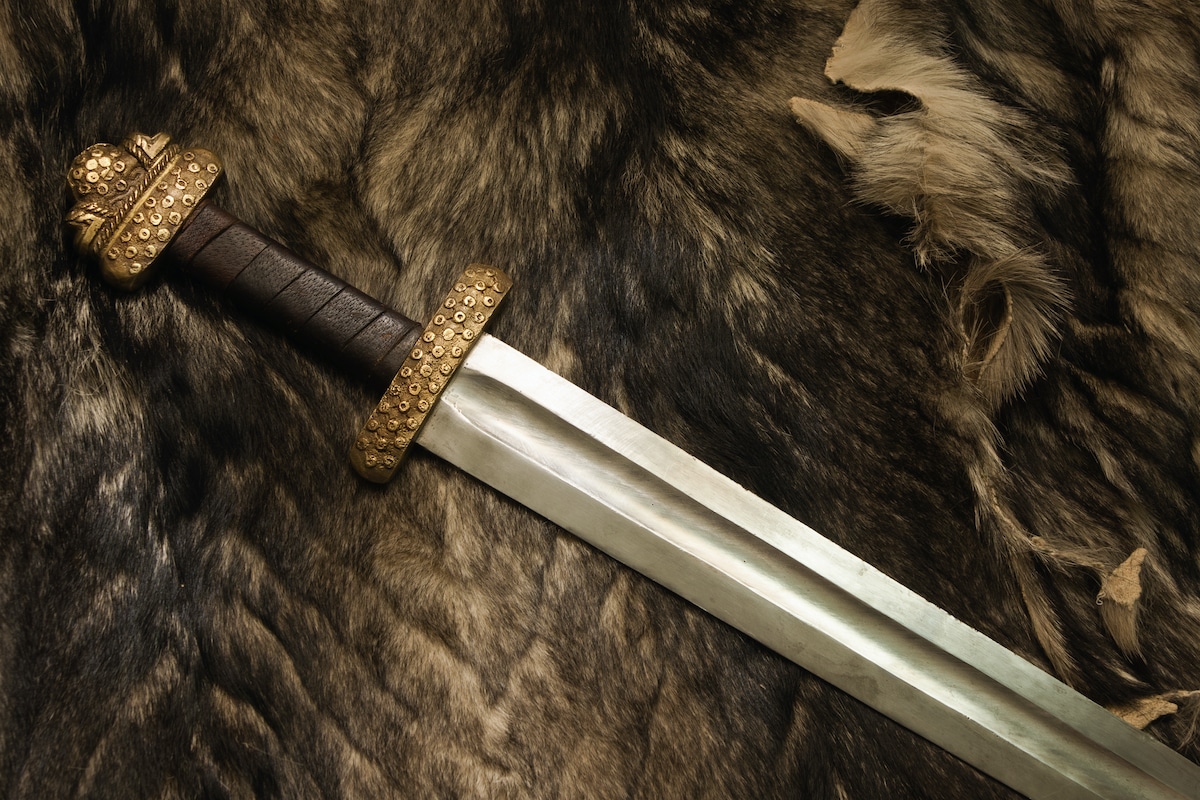 Norse & Viking Swords
Norse & Viking Swords Templar Swords
Templar Swords Claymore Swords
Claymore Swords Fantasy Swords
Fantasy Swords Chainmail
Chainmail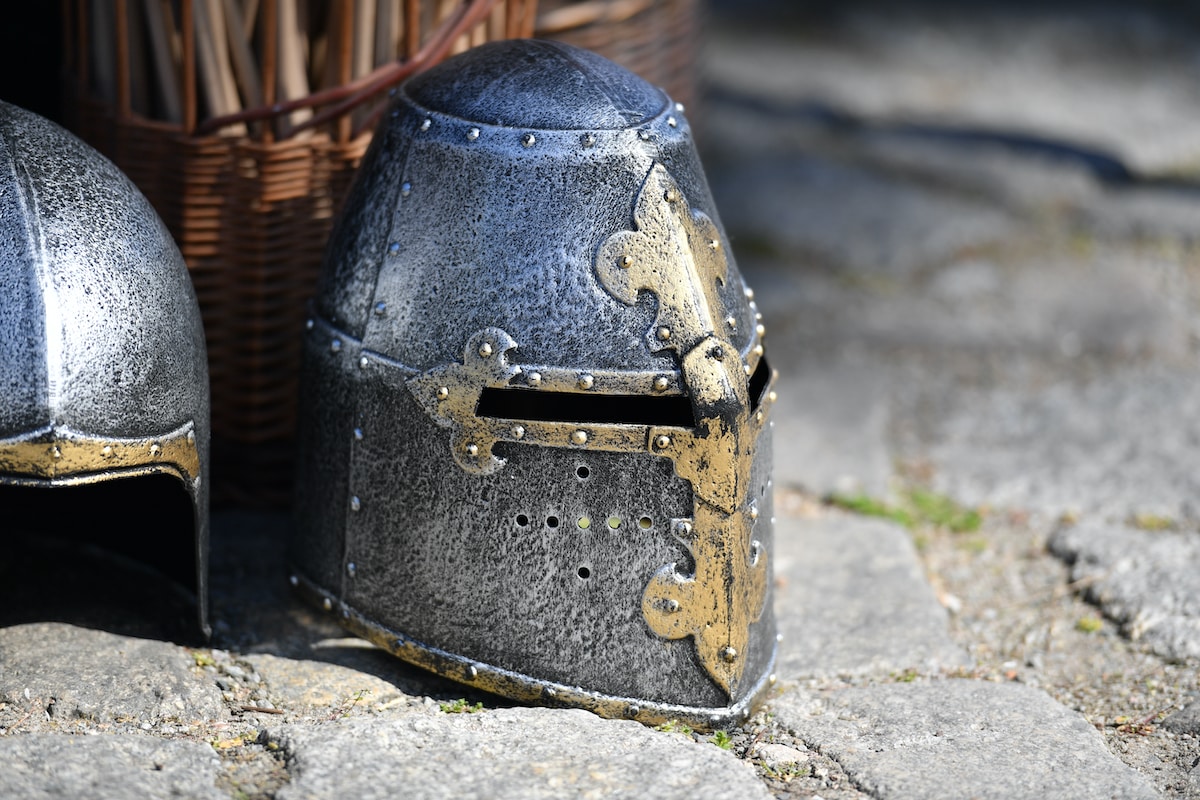 Helmets
Helmets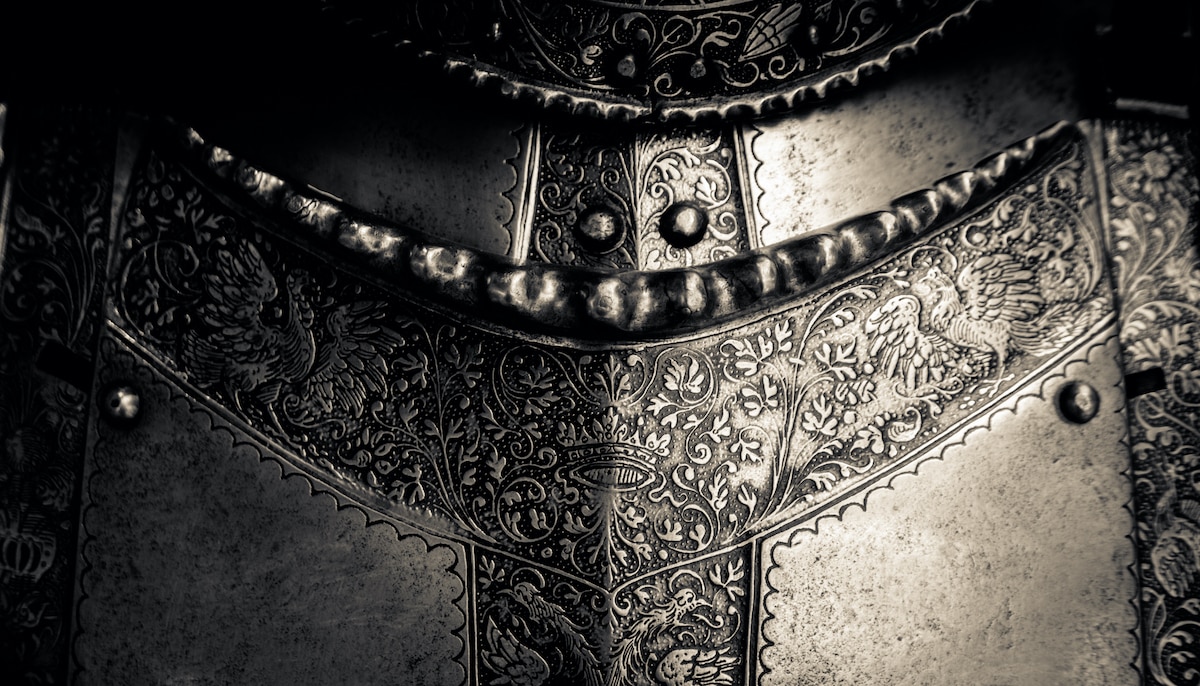 Torso Armor
Torso Armor Bracers and Arm Protection
Bracers and Arm Protection Gauntlets
Gauntlets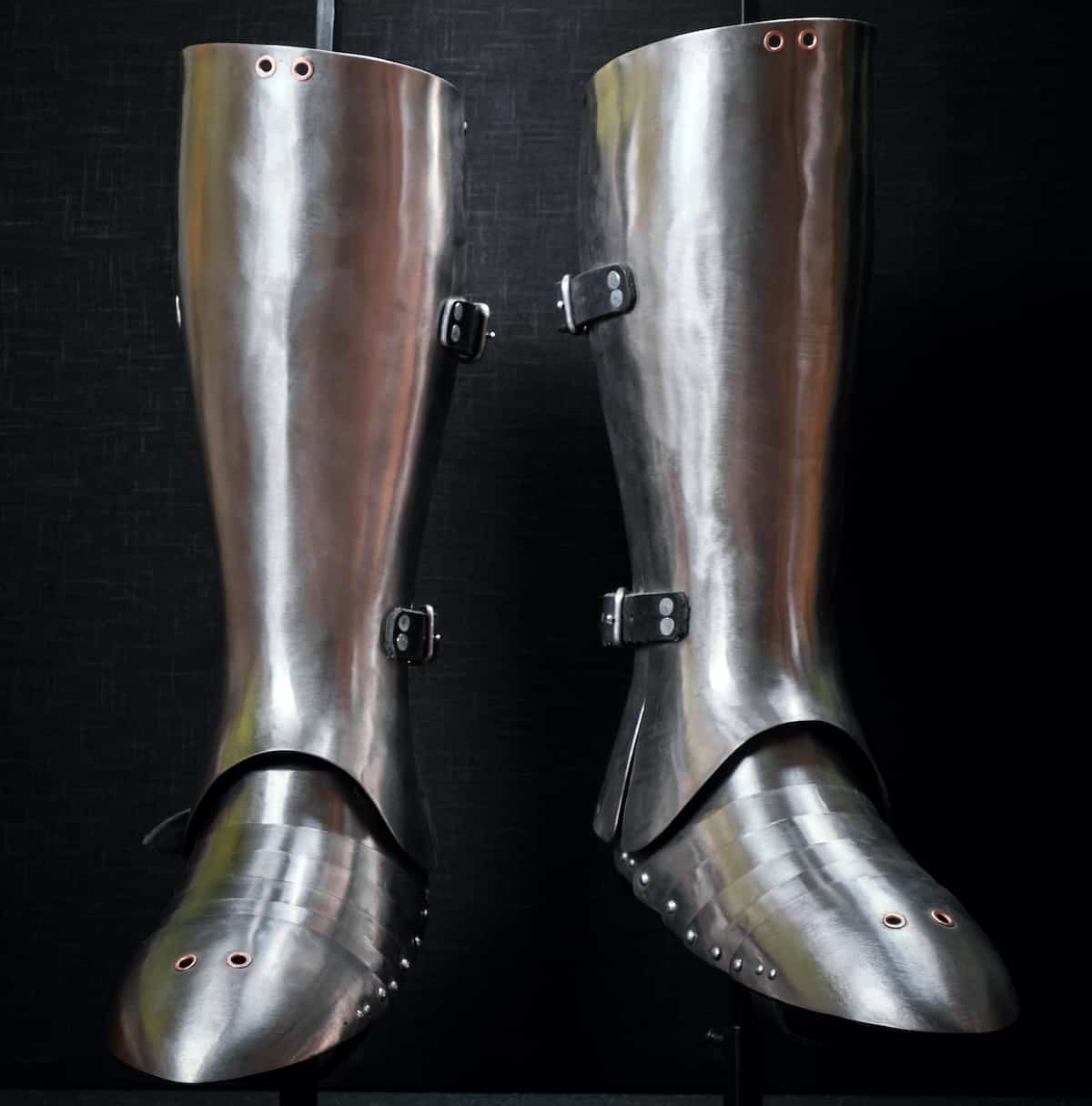 Leg Armor
Leg Armor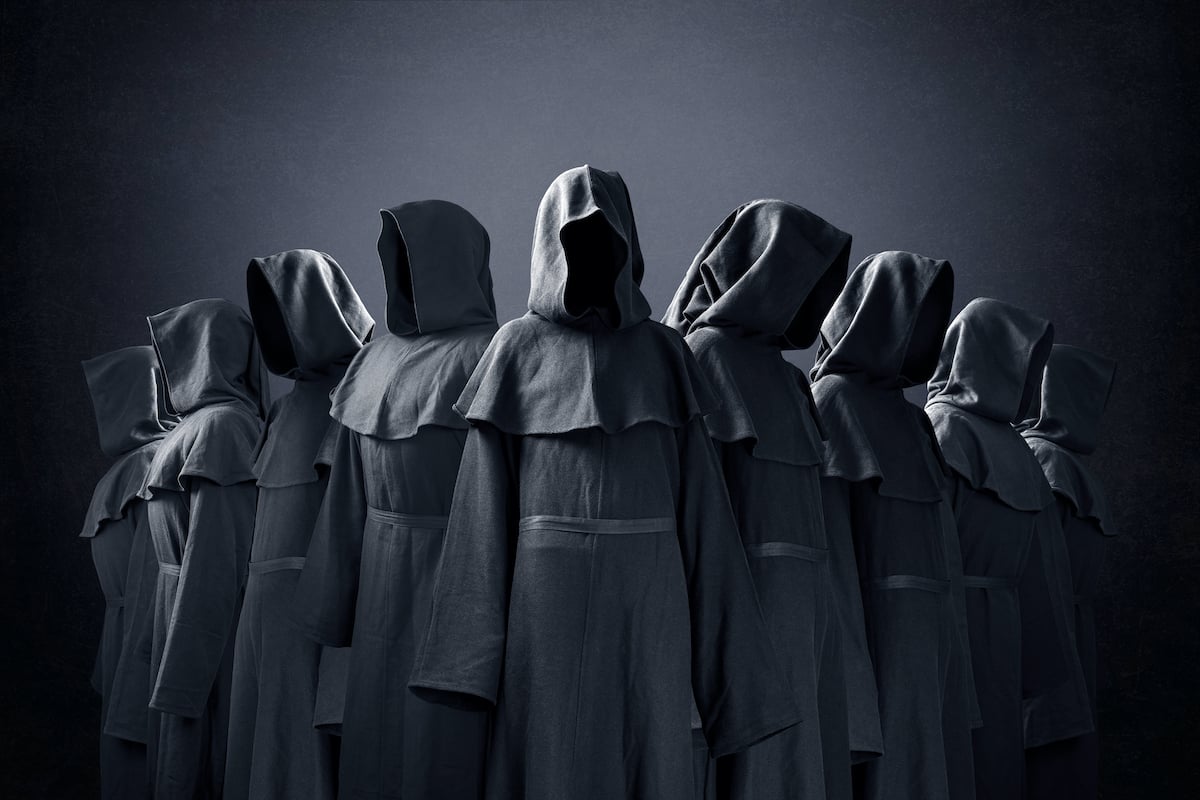 Cloaks
Cloaks Tabards
Tabards Shirts
Shirts Tunics
Tunics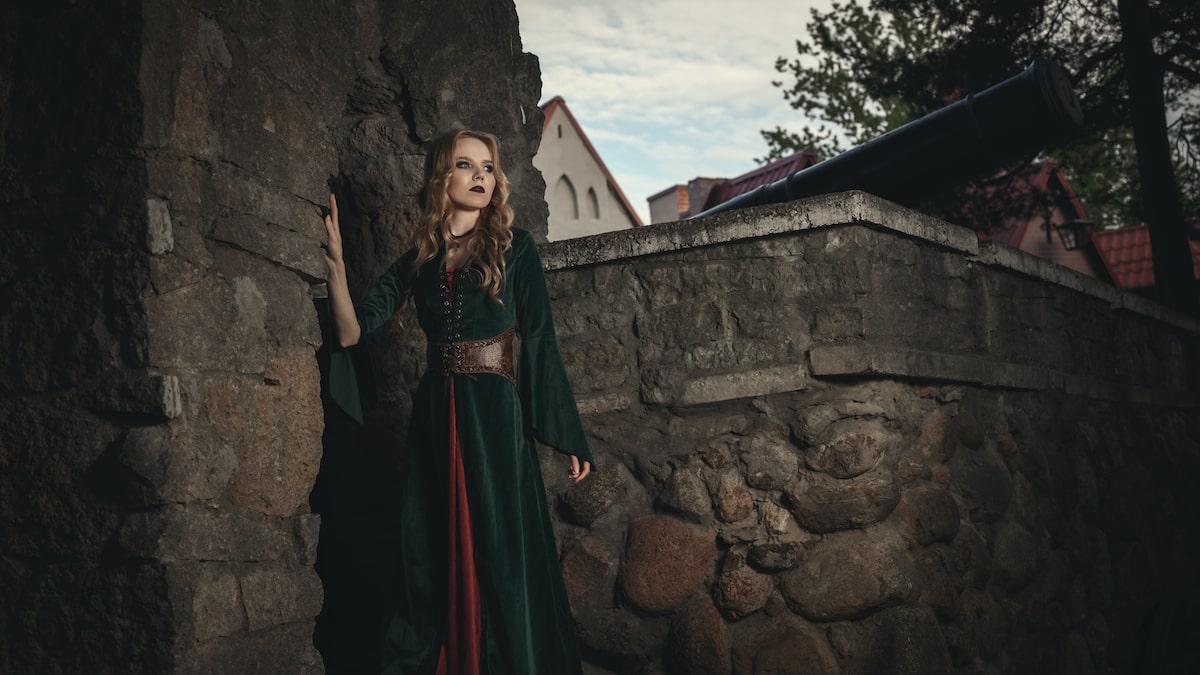 Dresses
Dresses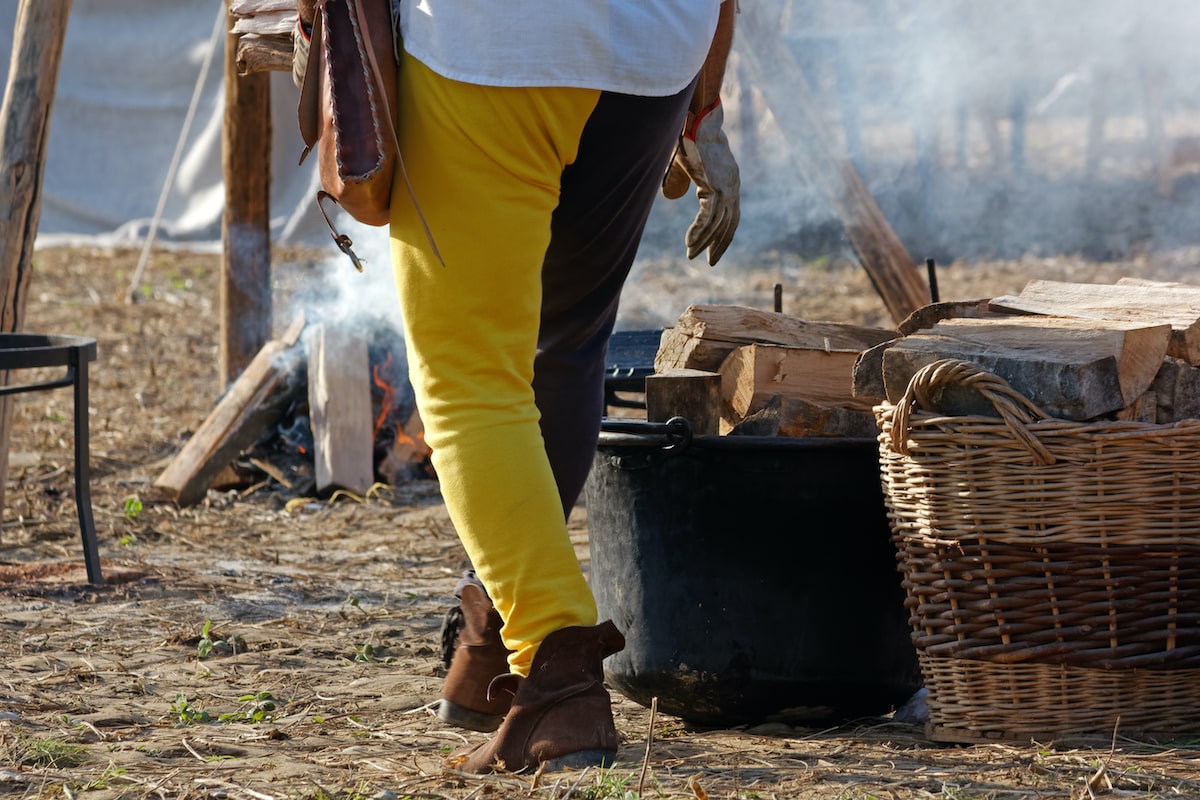 Pants
Pants Gloves
Gloves Belts
Belts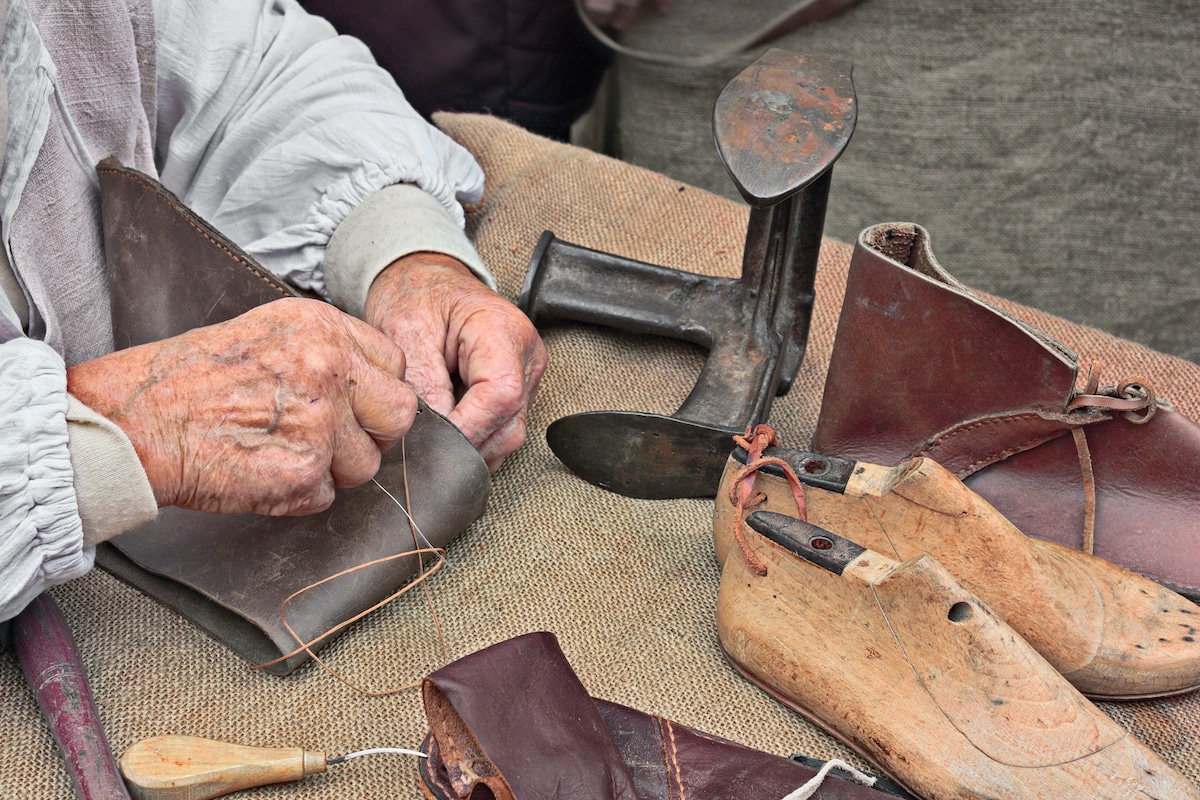 Shoes
Shoes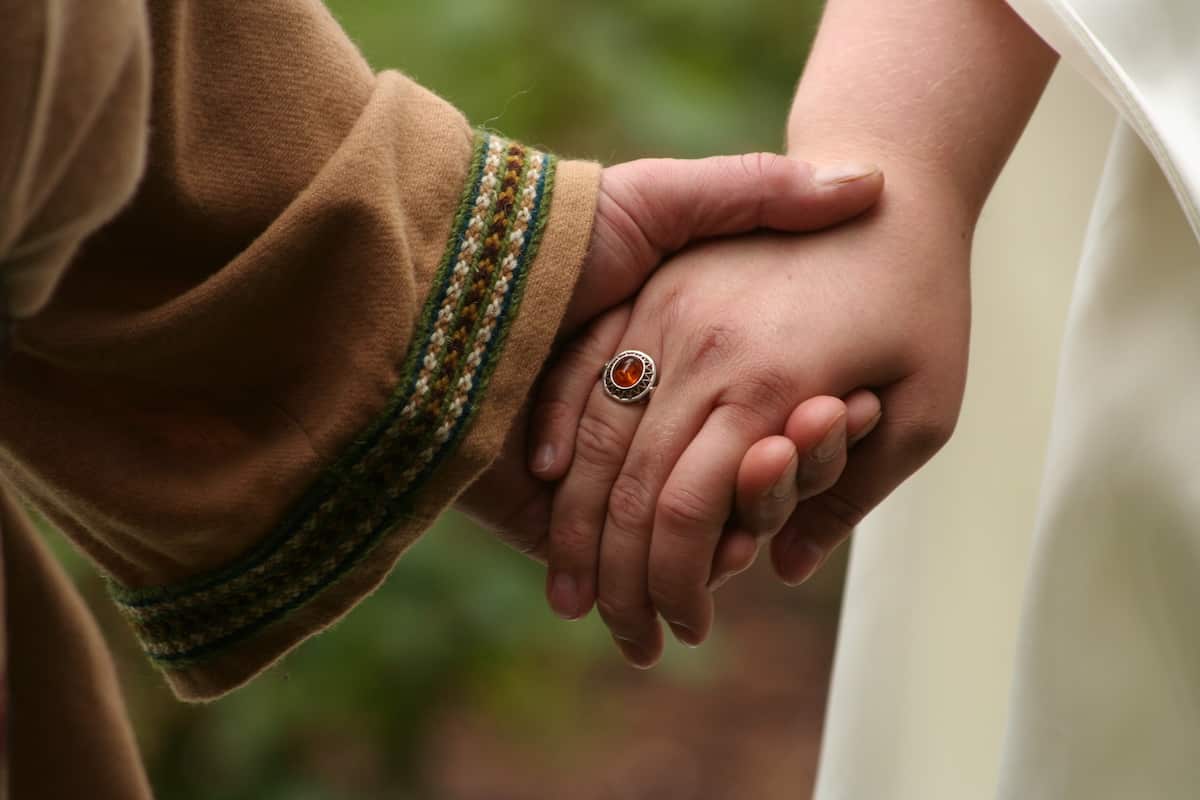 Rings
Rings Necklaces & Pendants
Necklaces & Pendants Bracelets
Bracelets


